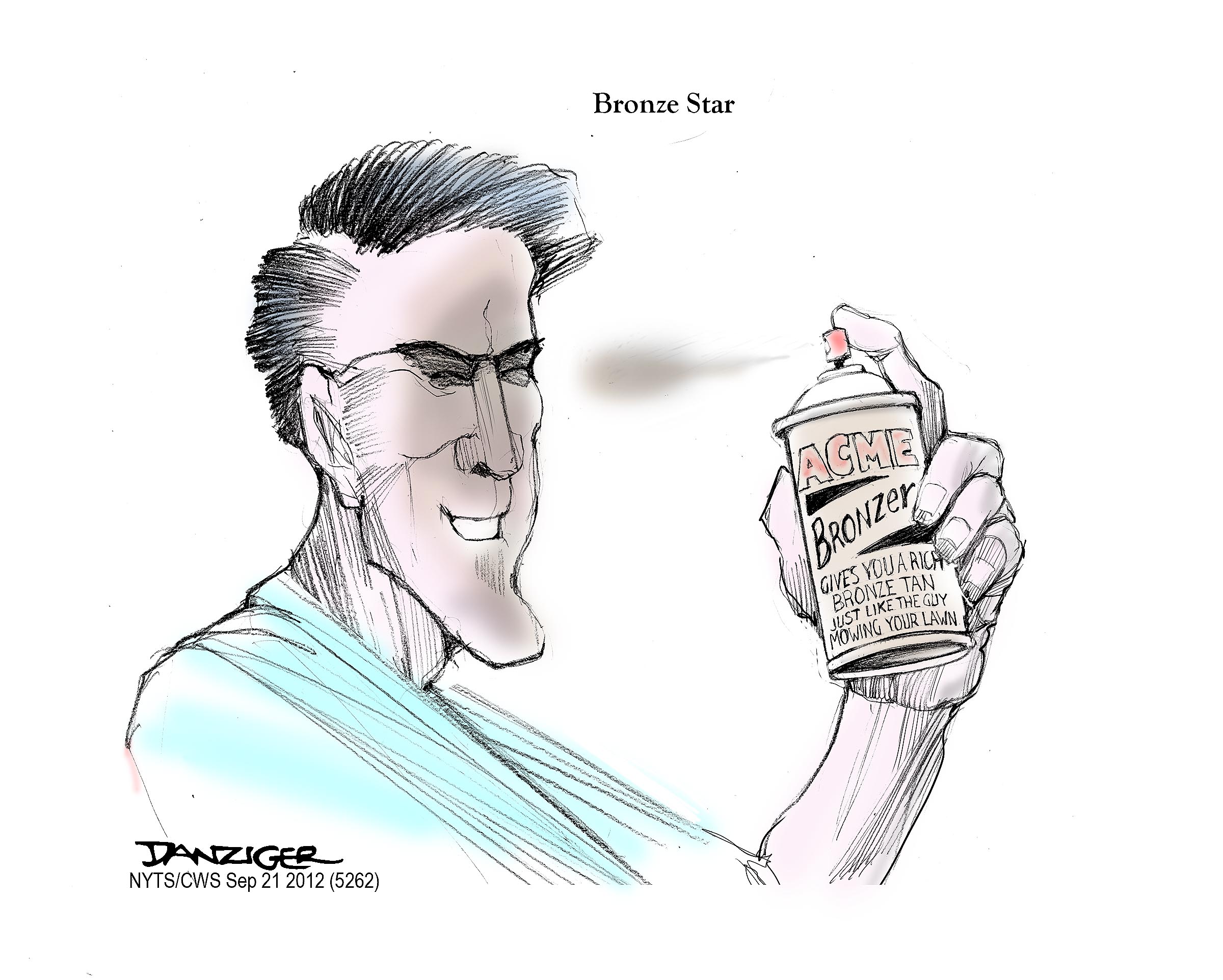It takes multiple perspectives to see the entire story
Editor's note: This article also appears in the spring 2013 print issue of Gateway Journalism Review.
Traditional journalists, myself included, ascribe to professional standards that emphasize fair, objective reporting and minimize deceptive practices.
But stories can look a lot different from different ends of town, making it hard to arrive at one objective truth. And there are important stories that can’t be gotten without creative reporting techniques.
This issue of Gateway Journalism Review probes both situations. The cover package focuses on minority and ethnic news organizations, and the different eyes through which they see important news events – such as the removal of Robert Archibald as president of the Missouri History Museum and the killing of a young girl on a Chicago street a week after she attended President Obama's second inauguration.
A second package of stories commemorates the 35th anniversary of the Mirage tavern series that uncovered a culture of bribery in Chicago government. William Recktenwald (“Reck” to those who know him) tells how he set up a fake tavern where city inspectors were filmed taking payoffs. Mark Sableman, a media law expert at Thompson Coburn, explains in a companion piece the legal reasons that undercover techniques have become less common since the Mirage.
In a modern take on reporter as sleuth, Terry Ganey, GJR’s St. Louis editor, has expanded on his scoop about Missouri University journalism students exploring the use of drones for newsgathering. Thirty states are considering bills to ban drones out of fears they will gather news about factory farms or puppy mills.
Charles Klotzer, founder of the Journalism Review, writes about how differently the St. Louis American saw the Archibald affair as contrasted to the St. Louis Post-Dispatch. Klotzer congratulates the Post-Dispatch for its stories leading to Archibald’s resignation. The stories focused on Archibald’s steep compensation, and a land deal between the museum and former Mayor Freeman Bosley in which the museum agreed to an excessive price for a piece of land.
But, as Klotzer notes, the story looked entirely different to the American, which recently celebrated 85 years of publication. (For more details, see the “St. Louis On the Air” interview with longtime publisher Dr. Donald Suggs at http://tinyurl.com/bvwlavf).
In an editorial last October, the American criticized the “ill-spirited innuendo that has typified much of the Post’s coverage of this land deal.” The American ran on its front page a letter that the museum had sent to the Post-Dispatch, but which hadn’t been published.
The American noted that Archibald had been a friend to the African-American community, planning events and exhibits about race. It also noted that the land deal involved an attempt by the museum to open a building north of the invisible racial dividing line of Delmar Boulevard.
The Post-Dispatch series also has been criticized around town for how it reported the efforts of former Sen. John C. Danforth to resolve the dispute. The Post-Dispatch often stated that “critics” said Danforth had a “conflict of interest” because his law firm, Bryan Cave LLP, had represented the museum.
What almost never turned up in the Post-Dispatch was that Danforth had written a letter to Mayor Francis Slay and county executive Charles Dooley emphasizing that the firm’s past work “could reasonably raise questions about my impartiality as a negotiator.” Danforth said he would take on the task only if Slay and Dooley knew about the situation and still wanted his involvement. They did.
The Mirage story was the biggest journalistic coup of 1978. Recktenwald, working for the Better Government Association, set up the Mirage with Chicago Sun-Times reporter Pam Zekman. They supposedly were a husband-and-wife in the tavern business. While serving drinks, the two assiduously took notes on the bribes that building and safety inspectors solicited for ignoring blatant health and safety violations.
Recktenwald went on to a storied career at the Chicago Tribune, where he went undercover as a guard at the Pontiac Correctional Center to tell the chilling inside story.
As a reporter, I wasn’t adverse to a little sleight of hand. A mentor – investigative reporter Louis J. Rose – schooled me in the art of reading documents upside-down on desks. And I once got a great scoop by standing outside court-ordered school board negotiations with the teachers unions and simply taking notes of the insulting things the two sides were saying to each other behind a thin closed door.
So while I agree with the professional codes of conduct about honest reporting and objectivity, I know some stories can only be gotten by going undercover – and that there are other stories where objectivity is like a mirage.
